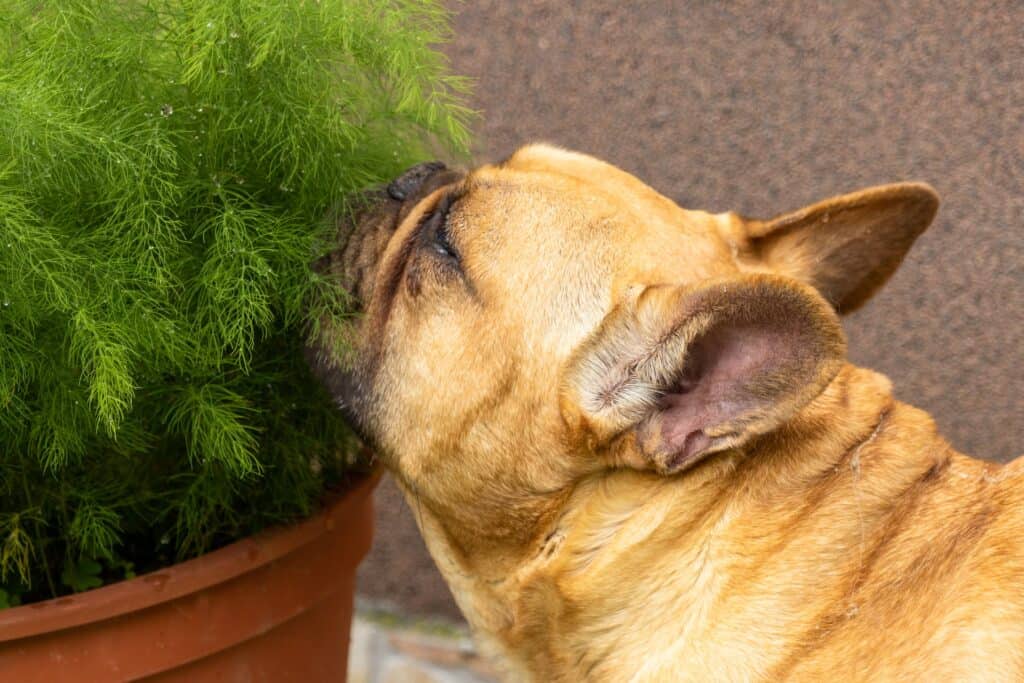
I. Introduction: A World Beyond Human Senses
In the realm of sensory perception, dogs occupy a fascinating and vastly different world from humans. Central to this sensory experience is the vomeronasal organ (VNO), a key element in understanding how dogs perceive their environment, especially through the lens of olfactory communication.
II. The Vomeronasal Organ: An Overview
The VNO, also known as Jacobson’s organ, is a specialized part of a dog’s olfactory system. Located in the nasal cavity, this tubular structure is lined with receptor cells that detect pheromones—chemical signals released by animals that can influence behavior and physiology. Unlike humans, dogs have a highly developed VNO, making them extremely sensitive to these chemical communicators.
III. The Science Behind Scent Detection
Dogs have an extraordinary ability to detect and differentiate between a vast range of scents. This is made possible by the intricate network of olfactory receptors in their nose and the VNO. The VNO functions alongside the main olfactory system but responds to different types of stimuli. While the main olfactory system detects general odors, the VNO is attuned to pheromones, which play a crucial role in social and reproductive behaviors.

IV. Pheromones: The Silent Language of Dogs
Pheromones are used extensively in the animal kingdom as a means of communication. In dogs, they convey a myriad of information, from territorial boundaries to reproductive status. The VNO helps dogs decode these signals, allowing them to understand and react to the social and environmental cues around them.
V. Applications in Human Society
Understanding the role of the VNO in dogs has led to practical applications in human society. For instance, detection dogs trained to find specific scents, such as drugs or explosives, rely on their VNO to distinguish these substances from a complex array of background odors.
VI. Health and Care of the Vomeronasal Organ
Maintaining the health of a dog’s VNO and overall olfactory system is crucial. Issues like nasal infections or inflammation can impair their scent-detecting abilities. Regular veterinary check-ups and ensuring a clean, safe environment are essential for the well-being of this sensory system.
VII. Research and Future Directions
Ongoing research into the VNO and canine olfactory capabilities continues to reveal new insights. Scientists are exploring how these sensory abilities can be harnessed in various fields, from medical diagnostics to wildlife conservation.
VIII. Summary: Unraveling the Mysteries of Canine Perception
The vomeronasal organ in dogs is a portal to an intricate and nuanced world of scent communication. As we continue to study and understand this remarkable organ, we unlock deeper knowledge about our canine companions and their perception of the world.

